If you’re heading out on an international vacation soon, there’s a chance you might need to apply for a visa to another country before you go. While some countries’ passports are very strong and have free-travel agreements with most places in the world, there isn’t a single passport out there that can offer visa-free travel to every country in the world.
On top of that, if you’re traveling for any purpose other than tourism, the odds that you’ll need a visa are even higher.
During our travels, we’ve had to get many different visas for many reasons. From Russia, to India, to Egypt, this post will share our experiences to hopefully help you next time you need to apply for a visa to another country.
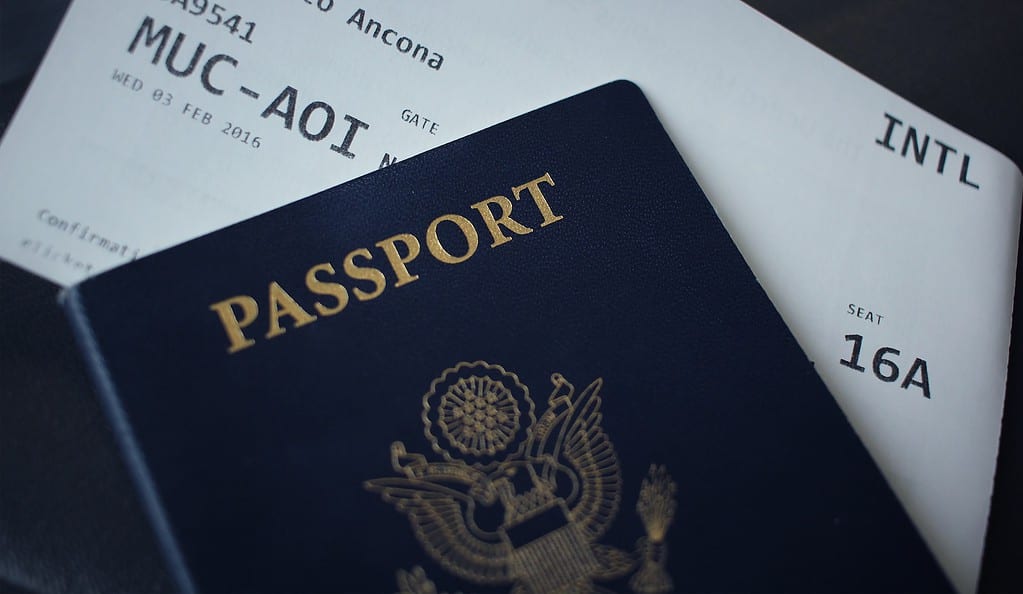
What Is a Foreign Visa?
A visa is a document from the government of the country that you want to visit that states you have permission to enter and partake in certain activities. Basically, it’s your admission ticket into the country. Many countries have visa-free agreements with one another, and in these cases, your passport acts as your visa, and you don’t need to apply for a visa.
For many countries with powerful passports – like the United States, European Union members, United Kingdom, China, Canada, and Russia – you can go to a long list of countries as a tourist without a visa. However, if you’re going for different reasons, like to study or work, most countries will require you to apply for a visa.
How Do I Know if I Need to Apply for a Visa to Another Country?
Technically, everyone needs a visa every time that they travel internationally. However, many countries operate a visa waiver program, which essentially recognizes a passport as a valid visa with no formal application process necessary.
Official passport holders traveling between two countries with a visa waiver program can travel freely for tourism purposes as long as they follow the rules regarding length of stay and passport validity.
If you’re wondering if you need to apply for a tourist visa, the best way to know is to go to your home country’s foreign ministry’s website. In the United States, for example, this is the Department of State, and the website is state.gov. Once you get to that website, you can navigate to the section regarding foreign travel information and advisories.
There, you’ll see what the tourism visa requirements are for the country you’re headed to. Each of these official websites is laid out differently, but most of them are designed to be very straightforward and user-friendly. Another approach is to visit the embassy website of your destination country, which usually also lays out the rules for foreign nationals who want to enter.
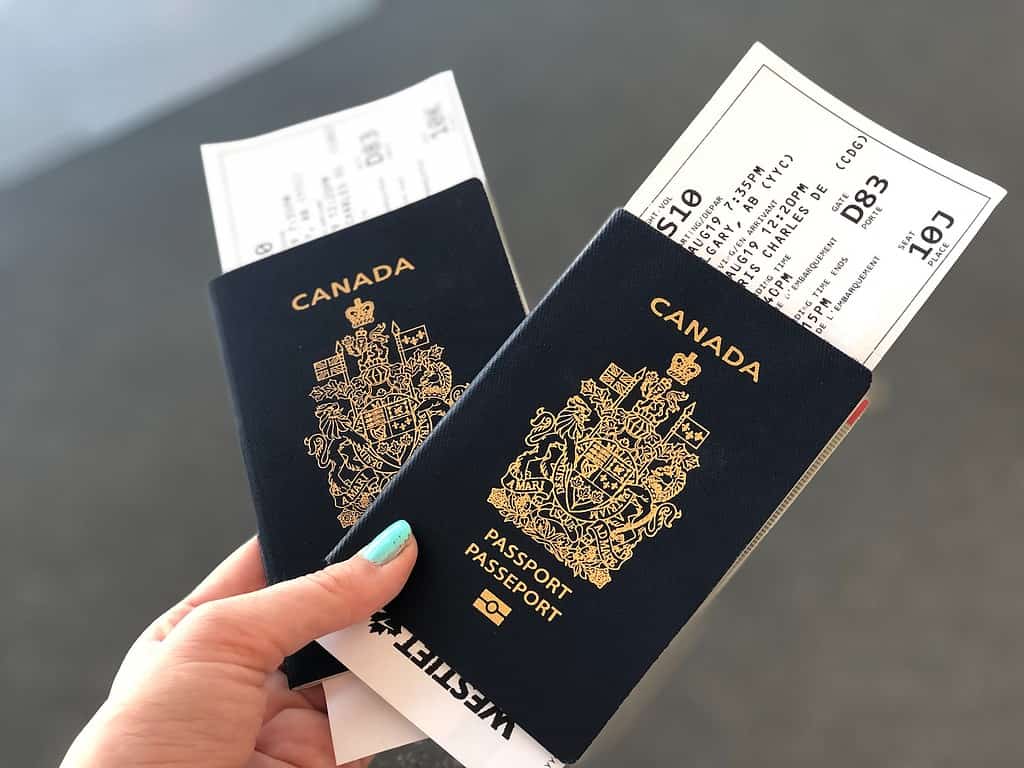
What Kind of Foreign Visa Do I Need?
If you’re traveling to the country for a purpose other than tourism, you’ll probably need to apply for a visa regardless of what that country is. The main exception to this is if you hold an EU country passport, as you are able to work and travel freely anywhere in the Schengen area, which makes up most of the European Union. There are 27 Schengen countries within Europe, and they allow visa-free travel to passport holders from the other Schengen states.
If this doesn’t apply to you, you should conduct a Google search to see where your destination country has its embassy and consulates near you. Countries that have diplomatic relations with one another set up embassies and consulates that facilitate visas between the two countries, among other things.
On the embassy website, search for the closest consulate to where you are located. While countries only run one embassy in each foreign country, they often operate many consulates that operate as satellite offices for the embassy. For example, if you want to go to Russia and are located in New York, you’d search for the website of the Russian Consulate of New York.
On that website, you can find information regarding what type of visa you need and what documentation they require to apply. If you have further questions, all of the consulates have an email address and a phone number that you can call to get clarification.
If you’re heading to a country for any purpose other than tourism, you’ll probably need to apply for a visa. Check with a consulate for clarification.
Four Ways to Apply for a Visa to Another Country
Once you have determined if you need a visa and what kind, you may have several options of ways to apply. I have personally done all four of these methods, and they all have their own advantages. If you’re applying for a visa to another country, you may be able to choose between all four options, or you may only have one.
Regardless, this guide will point you in the right direction. For each method, I will explain how it works and then tell you a story of how it worked for me.
1. Applying for a Visa to Another Country Directly at the Consulate
This method is the most direct option, and that is its biggest advantage. Applying directly with a consulate of the country you want to visit cuts out agency fees (see below) and can simplify the application process. Consular officers are also helpful in making sure you apply for the right type of visa for your trip.
If you’re willing to invest the time to work with the consular officials, this method is often the best and cheapest.
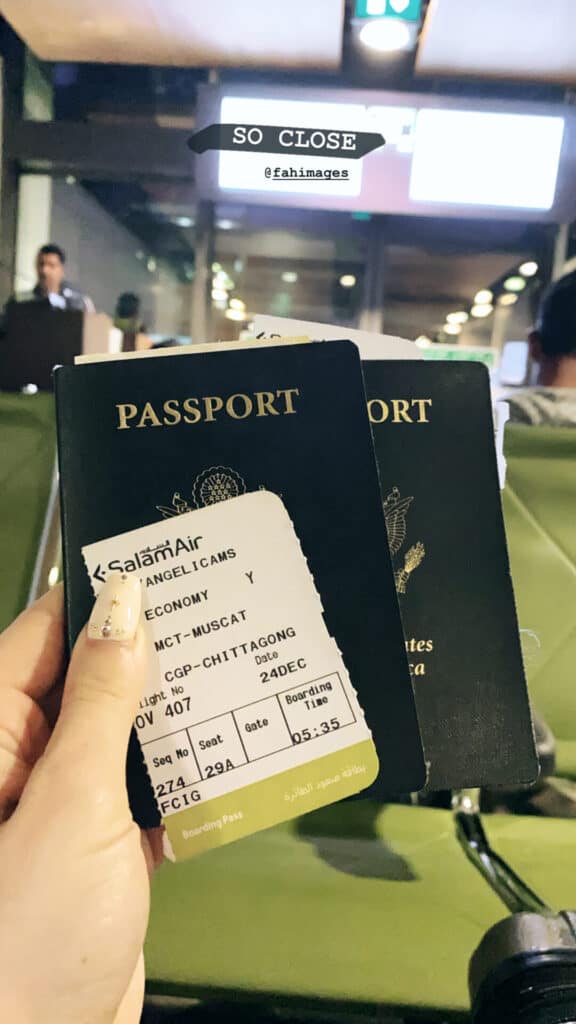
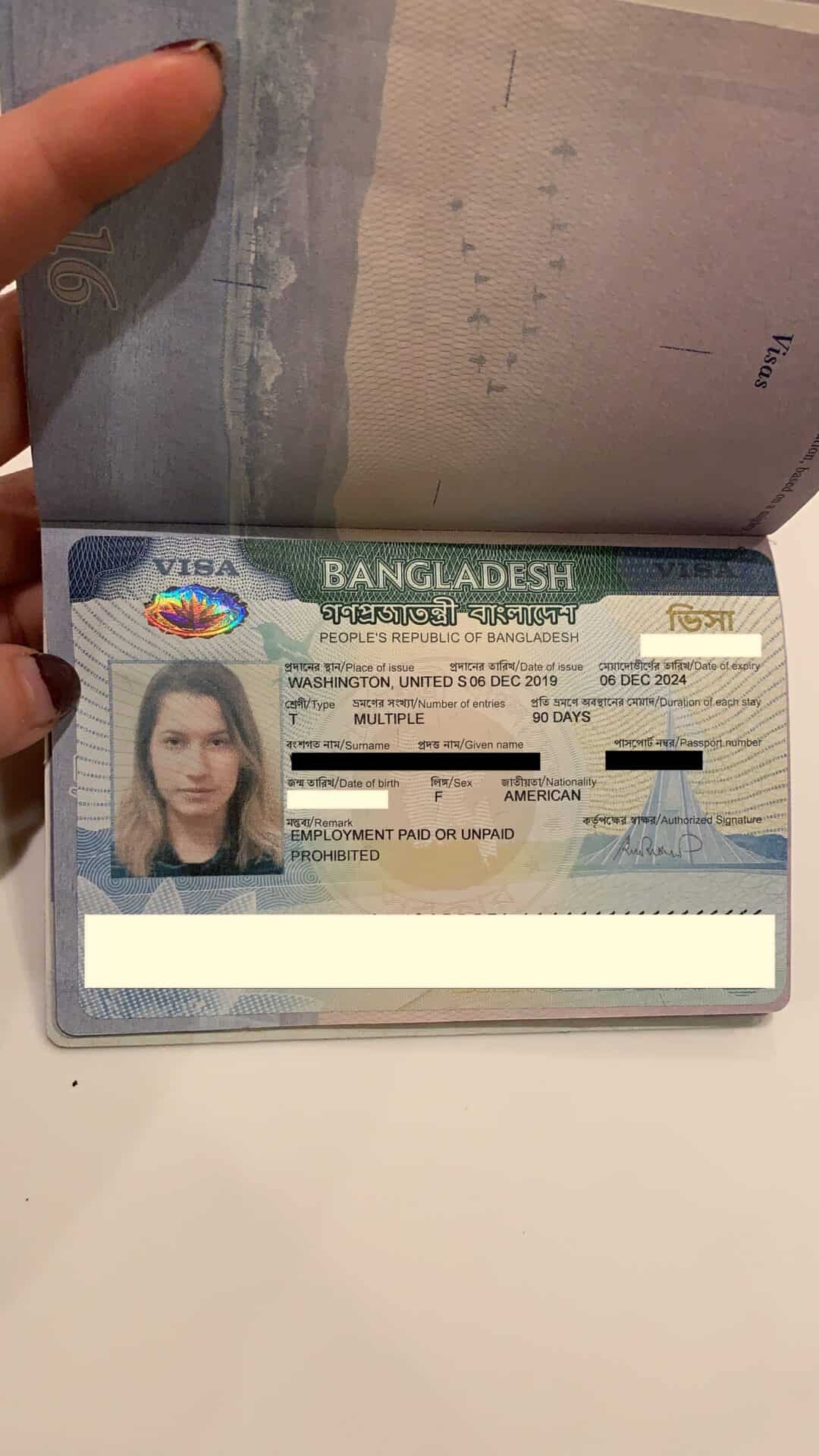
Consulates Provide Peace of Mind
Firstly, on the website, you’ll find all the details you need regarding the required documentation and payment. You should gather all of those documents on your own. Once you have the forms filled out and all the required documentation gathered, you need to make an appointment with the consulate.
If everything goes smoothly, they’ll take your documentation and passport from you and tell you to come back in a certain timeframe (which can range from hours to weeks) to collect your passport with the visa sticker pasted inside.
Consular Visas Last Longer
The second main perk of applying directly with a consulate is that you can get a visa that lasts for years. I currently have three visas that are still active from trips I went on several years ago because they issued 3, 5, or 10-year visas.
The third main advantage to consular visas is that they usually offer broader eligibility requirements. Some countries allow E-visas and Visas on Arrival to only foreign visitors of a select handful of nationalities, while allowing consular visas to a much broader list.
In the two final methods, you’ll see that the visas typically only allow you to enter once, and then they become invalid.
You May Not Live Near a Consulate
While the perks are great, there are several drawbacks to this method, and they can really cause you a headache. Firstly, if there isn’t a consulate near you, you either need to find another way to apply or travel all the way to the nearest consulate. In the United States, the best example of this issue is in the Midwest.
If you live in North Dakota, the closest consulate is probably in Chicago, which is a very long way to go – especially considering that you need to drop off the application AND return to pick up your passport, potentially at a later date. While some consulates allow you to mail your visa application and passport, many require you to apply in person. Processing times vary from one or two business days to several months.
If you don’t live near a consulate or you don’t have a lot of time to jump through bureaucratic hoops, this method might not be ideal for you.
Consulate Processing Times Can Be Long
Another drawback is that bureaucracy can really slow things down and cause the processing to take forever. Visa applications require a lot of documentation, and they also require the documents to be filled out error-free.
When I was applying for my tourist visa to Bangladesh, the consulate mailed my application back to me for minor details three times. Luckily, I was applying months in advance, because if I had waited to apply, I might have missed my trip.
The other issue, which luckily has never affected me but in theory could, is that you can be rejected for the visa and the consulate can decide to never give you back your payment, which is usually $160 USD.
If you choose to apply for your visa directly at the consulate, here is my best piece of advice: talk to the consulate first. When I was applying for my Temporary Resident Visa to Mexico, I exchanged several emails with the consulate first.
I needed to fly to the consulate to obtain the visa, and one of the consular officers was kind enough to review my application beforehand and essentially pre-authorize me so that I wouldn’t fly all the way there for nothing. Not every consulate will do this, but I definitely recommend you give it a try. I actually needed a couple of additional documents in order to be approved, and this preauthorization saved me hundreds of dollars and a lot of time.
2. Applying for a Visa at a Visa Agency
If budget isn’t a concern for you, this is by far the best method. Visa Agencies are private companies that exist exclusively to help you apply for a tourist visa to another country. You make an appointment with the agency, bring them all of the documentation that the consulate requires, and then meet with an employee at the agency’s office.
That employee will review your application for you and make sure that it is all set to go before they accept it. They look at these applications all day long and have designated employees for certain countries, so using an agency pretty much guarantees that you’ll get the visa on your first try and in a very timely manner.
I especially recommend working with a visa agency if you need any visa type that isn’t tourist, as the required documentation tends to be much more nuanced and involved. Angel used a visa agency when applying for her student visa to China, which made the process very straightforward and quick.
Visa Agencies Have High Success Rates
Applying through an agency almost guarantees you’ll get the visa on your first try, as they manage visa applications all day, every day, and know the consulate employees.
Once the agency employee verifies your application, you’ll submit your payment to them and they’ll apply on your behalf. Since the agencies work directly with the consulates on a daily basis, the consulates cycle through the agency applications very quickly in batches, meaning that you get your visa quickly and easily.
This method is by far the best method, especially if you’re new to applying for foreign visas, as they’ll walk you through the process and make sure that you filled everything out properly.
Visa Agencies Can Be Expensive
The main drawback of this option is the cost.
The only drawback to this method at all is money. Applying for most visas already costs $160 – going through an agency can add anywhere from $50-150 to that price. So, if you don’t mind paying a premium on top of the application fee, you should absolutely go through and agency. If you’re looking to save some money but still need a long-term or specialized visa, go with method number 1.

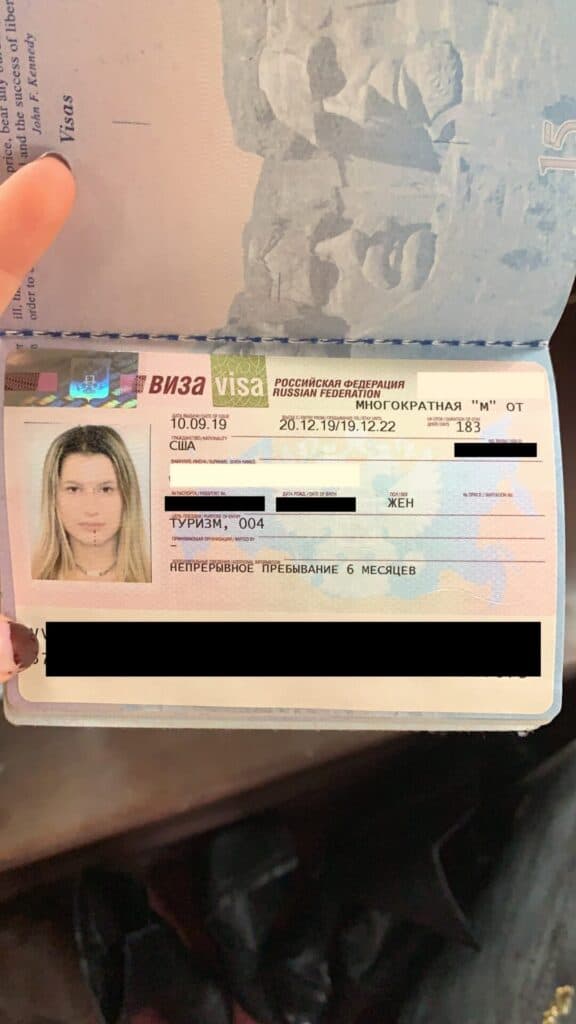
Visa agencies are very convenient, but they are very expensive and not everyone can afford to use them.
We used an agency in New York City to help us apply for our Russian tourist visas, as they are infamously difficult for Americans to get straight from the consulate. We dropped off our passports at VFS in Manhattan and picked them up two weeks later with Russian visas inside.
While we normally go straight to the consulate for visas, we knew that the Russian visa was a tougher one to get, and we wanted to take the safe route and pay a bit more for a nearly guaranteed visa. The VFS Global website provided us with all the general information we needed before heading to New York, and we were pleased with their service.
If you need any kind of visa other than a tourist visa, these are your only two options. If you’re applying for a tourist visa, keep reading!
3. Applying for an Electronic Visa Online
The final two methods are both the easiest, and that is a huge perk. The problem is that not many countries have either of these visa types. Applying for a visa to another country online, otherwise known as an E-visa, is extremely easy and straightforward.
An E-visa is easy, straightforward, and cheap!
You’ll go to the country’s designated visa website, input your passport information, your flight information, and the dates that you’ll be in the country, and then you receive a digital copy of your visa. The wait time can vary from a few minutes to a few days. It is an incredibly easy and straightforward process, and it’s also usually cheaper.
E-Visas Are Usually Cheaper
While visas from a consulate cost around $160, E-Visas can be as cheap as $20 (or just as expensive as the consular visa, depending on the country). We went needed an E-Visa to enter Oman, and we applied for it from our hotel room in Russia two days before our flight to Oman. The process was incredibly fast, and it cost us next to nothing.
E-Visas are easy and cheap, and they take very little time to get. We applied for our Oman E-Visa and received it 30 minutes later.
The main drawback to the E-Visa is its validity.

In most cases, the E-Visa is only good for one entry into the country and has a very specific timeframe. So, if you ever plan on going back to that country, you’ll probably have to get a new visa the next time.
In some cases, this is no big deal, because applying for the E-Visa is very easy and cheap. However, some countries charge the same price for the E-Visa as they do for a consular visa. This could mean that you still pay $160 but the visa only lasts for your trip and then expires.
If this is the case, and you have enough blank pages in your passport, I’d recommend applying for a consular visa which gives you flexibility in the future.
4. Applying for a Visa to Another Country Upon Arrival
Visa on Arrival is the easiest way to get a visa, but just like the E-Visa, it is a rare offering. If you’re visiting a country that offers a Visa on Arrival program to your nationality, you’re in luck.
You don’t need to deal with any picky paperwork or consular officials, you can skip the dreaded visa interview, you don’t need to wait for weeks for your application to be approved, and don’t even need to submit information to a portal ahead of time. You literally just hop onto your flight and handle the process at the destination airport. While it does vary by country, most countries that offer a Visa on Arrival offer it at every port of entry.
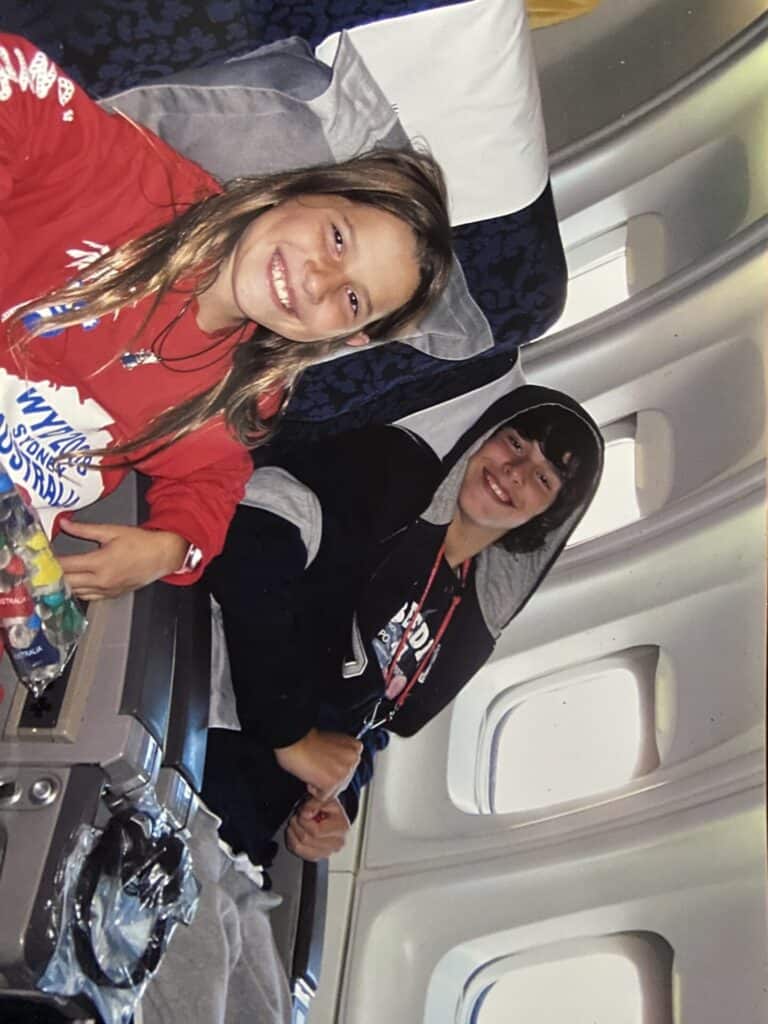

There’s no question about it; visa upon arrival is the easiest way to get a visa.
The real drawback to this is that Visa on Arrival fees are usually the same as tourist visa fees (~$160) but they are single-entry visas. So, just like the E-Visa, once you leave, the visa becomes invalid. To pass through the country’s border protection again, you’d need a new visa.
If you’re only planning on going to the country once, you might as well just do the Visa on Arrival. However, if you think there is even a slight chance that you’ll go back within the next few years, I’d absolutely recommend going through the consulate or agency to get the multiple-year, multiple-entry visa.
This was our case for Bangladesh – we chose to go through the consulate and get a 5-year tourist visa because the prices were similar and we have a lot of friends there, so we’d love to go back someday soon.
Our General Tips for Applying for a Visa to Another Country
Hopefully this guide answered some of your pressing questions regarding applying for a visa to another country. If you’re still in need of further information, feel free to leave a comment, and we’d love to answer.








Charlotte Fleet
Thanks for pointing out how the best method of getting a visa is through an agency. My younger brother is hoping to get a partner visa to Australia this spring so he can live with his fiance. I’ll help him search for respectable visa agents that he can start working with over the next few weeks.
Greg
I’m happy this was helpful! Best of luck, and be sure to reach out if you need any help!